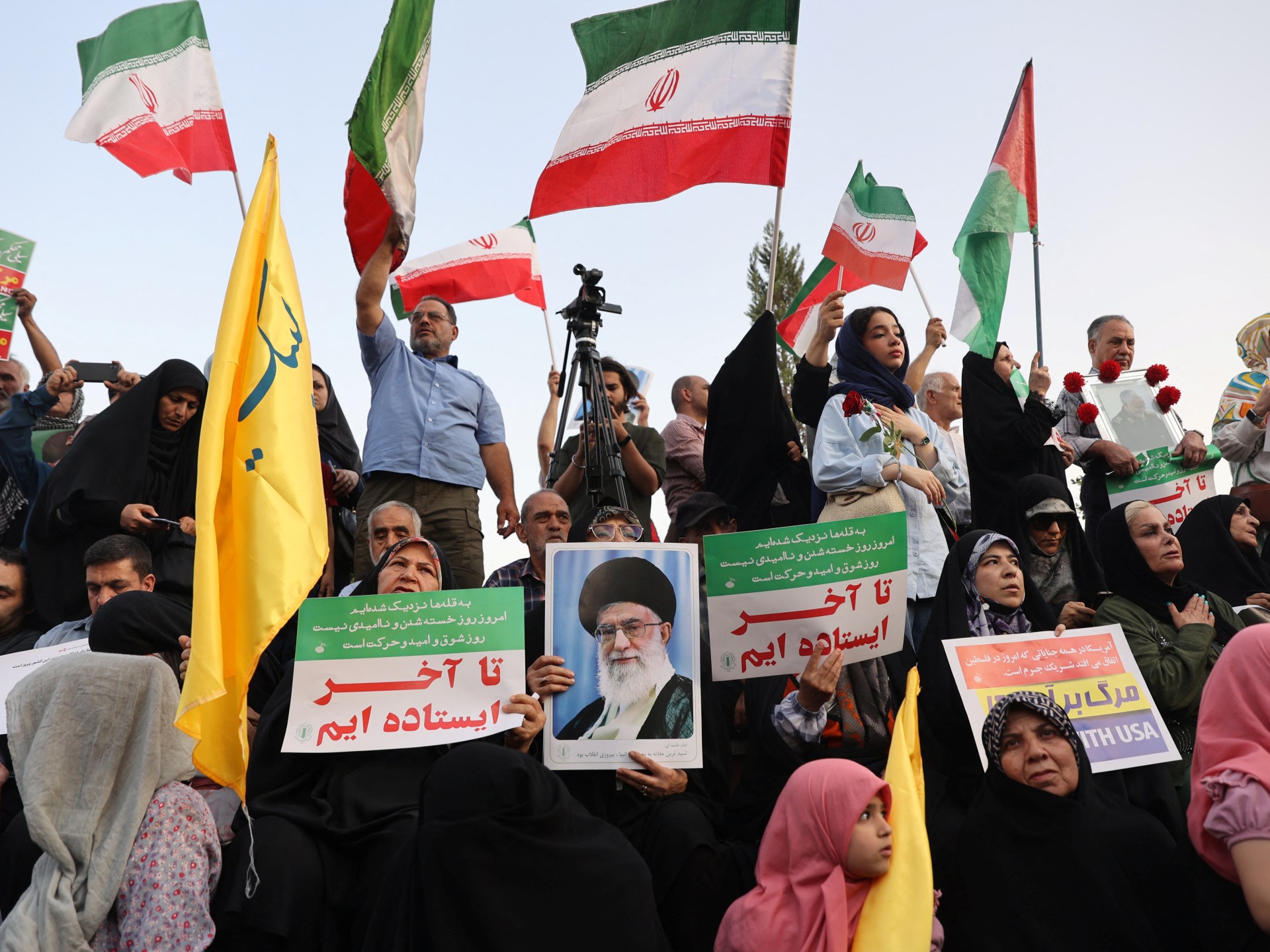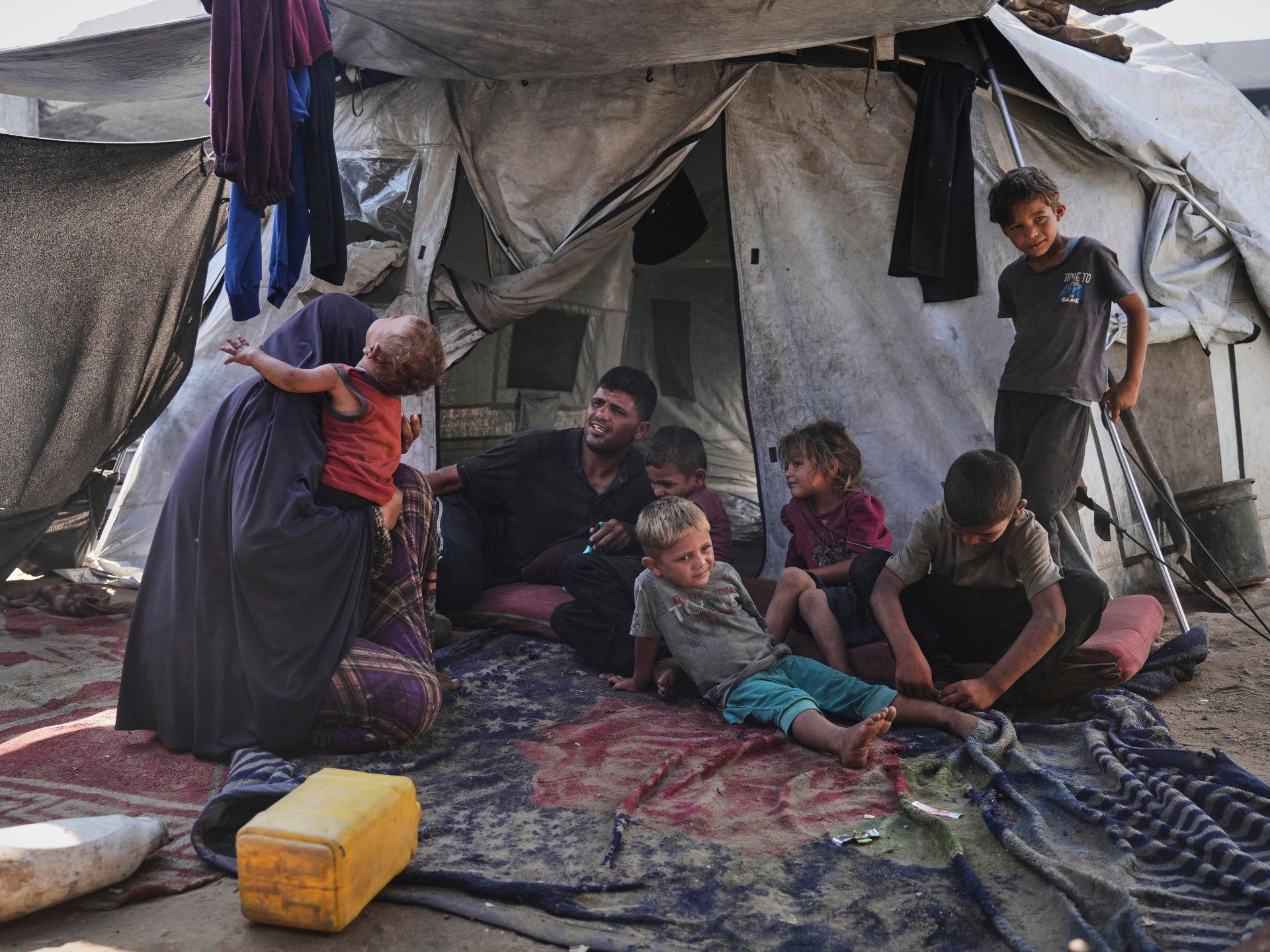Banks and Private Credit Deepen Ties Amid Rising Risks
Banks are joining private equity funds in issuing private credit to corporate borrowers—despite regulators’ concerns about unseen risks.
As private equity becomes an increasingly dominant force in backing corporate transactions, banks are taking an “If you can’t beat ’em, join’em” approach to the business of debt-capital financing.
Standing to benefit are corporate borrowers that otherwise cannot get traditional bank financing. But the intertwining of largely unregulated private credit and regulated bank lending—with the attendant risk of government bailouts of providers of both if their loans go bad—raises questions about threats to the financial system.
What once would have been considered an unlikely partnership is nevertheless liable to deepen, since the forces behind it have been building for some time.
The global industry of private credit, supplied mainly through closed-end credit funds sponsored by the same PE firms that back equity vehicles, has grown dramatically since the 2008 financial crisis. It boasts $2.8 trillion in assets under management (AUM) at last count, up from $200 billion in the early 2000s, according to the Bank for International Settlements (BIS). Correspondingly, bank lending fell from 44% of all US corporate borrowing in 2020 to 35% in 2023, an analysis by global consultancy Deloitte of Federal Reserve data found.
“Some private credit funds may have a degree of liquidity mismatch between their investments and the redemption terms of their investors.”
Lee Foulger, Bank of England
Use of private credit is expanding dramatically elsewhere as well. The BIS estimates that total outstanding private credit loan volumes have increased globally from around $100 billion in 2010 to over $1.2 trillion today, with more than 87% of the total originating in the US. Europe, excluding the UK, has accounted for about 6% of the total in recent years, and the UK about 3% to 4%, with Canada making up most of the rest. Assets in credit funds under management in Asia-Pacific total about $92.9 billion, up from $15.4 billion in 2014, according to research firm Preqin.
The appeal of private credit to corporate borrowers is clear: Many middle-market businesses, often backed by private equity sponsors, prefer private credit for its speed, flexibility, confidentiality, and reduced disclosure obligations compared to public bond markets available through broadly syndicated loans (BSLs). Those advantages are starting to attract larger, more creditworthy companies as well.
Banks, meanwhile, increasingly are lending to private credit funds for purposes of financing corporate borrowers, often those in the sponsors’ equity portfolios. Such lending often takes the form of so-called direct lending: commercial loans used by corporates for working capital or growth financing, that the industry contends traditional banks would not underwrite.
Bank lending to the private credit industry was estimated by the Federal Reserve in May 2023 at $200 billion, and the Fed acknowledged its estimate may have understated the actual amount. Fitch Ratings found that nine of the 10 banks with the largest loan balances to non-bank financial intermediaries of all kinds had $158 billion in loans to private credit funds or related vehicles at the end of last year. And the amount of outstanding loans extended by banks to private credit funds grew by 23% in the quarter ended June 30, compared with the previous quarter, versus only 1.4% for bank lending overall, Fitch reports.
The increasing importance of bank lending to private credit is well illustrated by Blackstone Private Credit Fund, one of the largest private credit funds in the world with over $50 billion in assets. Fully 98% of the $23.5 billion in secured credit commitment facilities arranged by its subsidiaries as of December 2022 were provided by 13 banks, the remaining amount from an insurance company. The outstanding amounts drawn on these facilities totaled some $14 billion, accounting for about 50% of the fund’s total debt liabilities.
A Deepening Collaboration
Of course, banks have long been involved in financing PE buyouts, such as Sycamore Partners buyout of Walgreens Boots Alliance. Two other PE firms, HPS Investment Partners and Ares Management, together provided $4.5 billion in direct lending for the deal while banks including Citigroup, Goldman Sachs, and JPMorgan Chase put together financing proposals to work jointly with private credit, providing some access to the BSL market. Overall, the deal Sycamore completed in August is valued at $23.7 billion, with over $10 billion in committed financing coming from private credit funds and banks.
Increasingly, cooperation between banks and PE firms is taking the shape of direct lending to borrowers. PNC Financial and TCW Group, for instance, have partnered to create a lending platform for middle-market companies. And Citizens Financial Group has built out a unit focused on lending to PE funds.
Competition from banks is also growing. Standard Chartered and Goldman are readying their own units devoted to extending private credit while Morgan Stanley is launching funds to exploit private credit opportunities. The loans may not stay on banks’ balance sheets for long, as risk is transferred once investors’ capital is deployed. But just as the securitization market froze up in the inflationary post-Covid environment, so too may risk transfer when liquidity abruptly disappears.
Indeed, regulators are concerned that banks’ involvement in private credit, whether through cooperation or competition with PE, poses hidden risks to the financial system. Researchers from the Bank of England (BoE), the BIS, the European Central Bank (ECB), and the Federal Reserve, among others, have issued reports recently warning of the systemic financial risk these relationships may pose. Without greater visibility, the BoE, for one, has instructed banks to bolster their risk management in this arena.
“Some private credit funds may have a degree of liquidity mismatch between their investments and the redemption terms of their investors,” Lee Foulger, director of Financial Stability, Strategy, and Risk at the BoE, warned in a January 2024 speech to a middle-market finance conference sponsored by Deal Catalyst and the Association for Financial Markets in Europe.
Who’s More Creditworthy?
The industry counters such concerns by pointing out that credit funds are less likely to have loan defaults than in the BSL market as sponsors typically monitor borrowers’ performance more closely, use less leverage, adopt more conservative loan-to-value structures, and offer more flexible terms than banks, while locking up investors for long periods. In a recent report, “Understanding Private Credit,” Ares Management contends that its borrowers are more creditworthy than those in the public markets and are supported by more equity and that while the private credit market is still small in comparison, it is on its way to becoming even less leveraged while any funding mismatch will diminish as it grows.
Yet concerns remain, especially given the prospect of a challenging economic environment ahead.
Fitch, for instance, notes that the industry has yet to weather higher interest rates. As the ratings firm put it in a June report, “Sponsors and lenders had largely assumed a low base rate environment, as signaled by the Fed amid expectations of transitory inflation, when determining the optimal sizes of capital structures against revenue, EBITDA, and free cash-flow projections.”
As for liquidity risk, Fitch analyst Julie Solar notes that a growing number of credit funds are open-ended and subject to runs under difficult circumstances. Although she concedes that the number of such funds is still small, at least in the US, and many feature limits on redemptions, she adds that the issue bears watching. If many more open-end funds are created and rates rise significantly, she warns, “that is when you can start to have liquidity issues.”
In the eurozone, 42% of funds are open-ended, according to the ECB, although most of their investors are institutional and tend to have longer time horizons than retail investors.
Solar also raises concern about what she called “leverage upon leverage,” noting that business development companies—publicly traded vehicles that account for about half of private credit—as well as PE firms themselves are often significantly indebted to banks. Indeed, bank lending for buyouts may be an even greater risk, simply because it is so much larger than direct lending.
Banks’ involvement in credit funds is an added concern for regulators. A May 2024 financial stability report from the ECB pointed out, “Private markets still need to prove their resilience in an environment of higher interest rates as they have grown to a significant size only in the past decade.”
The industry counters that interest rates on many if not most of its loans float, eliminating the need for refinancing in a rising rate environment. But that’s likely to do nothing for the borrowers themselves.
“The floating-rate debt structure of private credit agreements makes them vulnerable to challenges around debt servicing and refinancing in a higher rate environment,” the BoE’s Foulger noted at the January 2024 conference.
A Federal Reserve Bank of Boston report in May acknowledged that banks’ losses could be mitigated in response to adverse conditions as most private credit debt is secured and among the funds’ most senior liabilities. Yet, the authors cautioned that “substantial losses could also occur in a less adverse scenario if the default correlation among the loans in [private credit] portfolios turned out to be higher than anticipated—that is, if a larger-than-expected number of [private credit] borrowers defaulted at the same time. Such tail risk may be underappreciated.”


